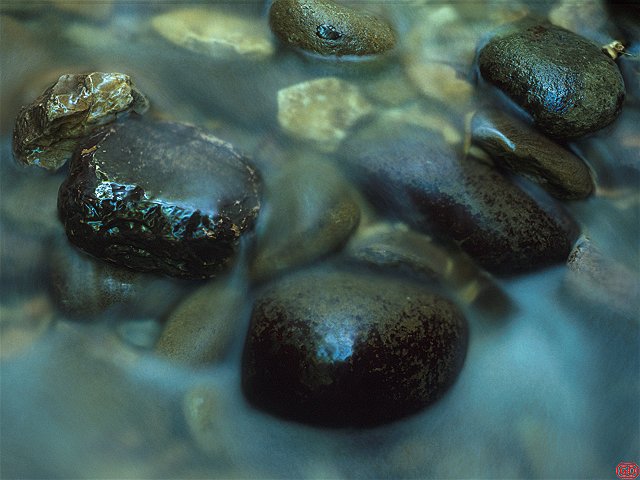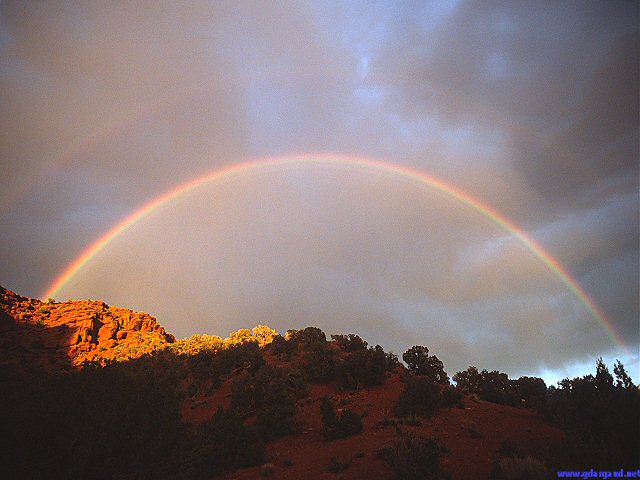Flute
 Flute is a simple cylindrical tube of uniform bore and associated with Indian music since time immemorial. Flutes vary in size. Flute is held horizontally and is inclined downwards when it is played. To produce sound or melody one has to cover the finger holes with the fingers of the left and right hand. Variations in pitch are produced by altering the effective length of the air column. Notable flute exponents are Pt Pannalal Ghosh and Pt Hari Prashad Chaurasia.
Flute is a simple cylindrical tube of uniform bore and associated with Indian music since time immemorial. Flutes vary in size. Flute is held horizontally and is inclined downwards when it is played. To produce sound or melody one has to cover the finger holes with the fingers of the left and right hand. Variations in pitch are produced by altering the effective length of the air column. Notable flute exponents are Pt Pannalal Ghosh and Pt Hari Prashad Chaurasia.
Shehnai
 Shehnai is a traditional musical instrument, associated with auspicious occasions like marriages and temple processions. Shehnai is a double reed instrument with a tapering bore which progressively increases towards the lower side. The Shehnai has finger-holes to produce semi, quarter and micro-tones. Ustad Bismillah Khan is the unrivalled maestro of the Shehnai.
Shehnai is a traditional musical instrument, associated with auspicious occasions like marriages and temple processions. Shehnai is a double reed instrument with a tapering bore which progressively increases towards the lower side. The Shehnai has finger-holes to produce semi, quarter and micro-tones. Ustad Bismillah Khan is the unrivalled maestro of the Shehnai.
Tabla
 The most popular musical instrument used in North India is the Tabla. The Tabla consists of a pair of drums- the Tabla and the Bayan. The Tabla is made of wood and whereas its head is made of stretched animal skin. Finer tuning of Tabla is done by striking the rim of the Tabla with a small hammer. The Bayan is the bass drum and is usually made of metal with a stretched skin head. Both drums have a black spot in the center made of manganese or iron dust.
The most popular musical instrument used in North India is the Tabla. The Tabla consists of a pair of drums- the Tabla and the Bayan. The Tabla is made of wood and whereas its head is made of stretched animal skin. Finer tuning of Tabla is done by striking the rim of the Tabla with a small hammer. The Bayan is the bass drum and is usually made of metal with a stretched skin head. Both drums have a black spot in the center made of manganese or iron dust.
Veena
 The saraswati vina has an interesting construction. It has a body made of wood, generally, this is jackwood. The highest quality vinas have the entire body carved from a single block of wood, while the ordinary vinas have a body which is carved in three sections (resonator, neck and head). There are 24 frets made of brass bars set into wax. (see "Fretting and Fingering the Vina") There is another resonator at the top of the neck. This is no longer a functioning resonator, but is mainly used as a stand to facilitate the positioning of the instrument when it is played. Because it is no longer functioning it is not unusual to find that this upper resonator may be made of acoustically neutral materials such as paper mache, cane or other similar materials.
The saraswati vina has an interesting construction. It has a body made of wood, generally, this is jackwood. The highest quality vinas have the entire body carved from a single block of wood, while the ordinary vinas have a body which is carved in three sections (resonator, neck and head). There are 24 frets made of brass bars set into wax. (see "Fretting and Fingering the Vina") There is another resonator at the top of the neck. This is no longer a functioning resonator, but is mainly used as a stand to facilitate the positioning of the instrument when it is played. Because it is no longer functioning it is not unusual to find that this upper resonator may be made of acoustically neutral materials such as paper mache, cane or other similar materials.
 Flute is a simple cylindrical tube of uniform bore and associated with Indian music since time immemorial. Flutes vary in size. Flute is held horizontally and is inclined downwards when it is played. To produce sound or melody one has to cover the finger holes with the fingers of the left and right hand. Variations in pitch are produced by altering the effective length of the air column. Notable flute exponents are Pt Pannalal Ghosh and Pt Hari Prashad Chaurasia.
Flute is a simple cylindrical tube of uniform bore and associated with Indian music since time immemorial. Flutes vary in size. Flute is held horizontally and is inclined downwards when it is played. To produce sound or melody one has to cover the finger holes with the fingers of the left and right hand. Variations in pitch are produced by altering the effective length of the air column. Notable flute exponents are Pt Pannalal Ghosh and Pt Hari Prashad Chaurasia. Shehnai
 Shehnai is a traditional musical instrument, associated with auspicious occasions like marriages and temple processions. Shehnai is a double reed instrument with a tapering bore which progressively increases towards the lower side. The Shehnai has finger-holes to produce semi, quarter and micro-tones. Ustad Bismillah Khan is the unrivalled maestro of the Shehnai.
Shehnai is a traditional musical instrument, associated with auspicious occasions like marriages and temple processions. Shehnai is a double reed instrument with a tapering bore which progressively increases towards the lower side. The Shehnai has finger-holes to produce semi, quarter and micro-tones. Ustad Bismillah Khan is the unrivalled maestro of the Shehnai.Tabla
 The most popular musical instrument used in North India is the Tabla. The Tabla consists of a pair of drums- the Tabla and the Bayan. The Tabla is made of wood and whereas its head is made of stretched animal skin. Finer tuning of Tabla is done by striking the rim of the Tabla with a small hammer. The Bayan is the bass drum and is usually made of metal with a stretched skin head. Both drums have a black spot in the center made of manganese or iron dust.
The most popular musical instrument used in North India is the Tabla. The Tabla consists of a pair of drums- the Tabla and the Bayan. The Tabla is made of wood and whereas its head is made of stretched animal skin. Finer tuning of Tabla is done by striking the rim of the Tabla with a small hammer. The Bayan is the bass drum and is usually made of metal with a stretched skin head. Both drums have a black spot in the center made of manganese or iron dust.Veena
 The saraswati vina has an interesting construction. It has a body made of wood, generally, this is jackwood. The highest quality vinas have the entire body carved from a single block of wood, while the ordinary vinas have a body which is carved in three sections (resonator, neck and head). There are 24 frets made of brass bars set into wax. (see "Fretting and Fingering the Vina") There is another resonator at the top of the neck. This is no longer a functioning resonator, but is mainly used as a stand to facilitate the positioning of the instrument when it is played. Because it is no longer functioning it is not unusual to find that this upper resonator may be made of acoustically neutral materials such as paper mache, cane or other similar materials.
The saraswati vina has an interesting construction. It has a body made of wood, generally, this is jackwood. The highest quality vinas have the entire body carved from a single block of wood, while the ordinary vinas have a body which is carved in three sections (resonator, neck and head). There are 24 frets made of brass bars set into wax. (see "Fretting and Fingering the Vina") There is another resonator at the top of the neck. This is no longer a functioning resonator, but is mainly used as a stand to facilitate the positioning of the instrument when it is played. Because it is no longer functioning it is not unusual to find that this upper resonator may be made of acoustically neutral materials such as paper mache, cane or other similar materials. 


